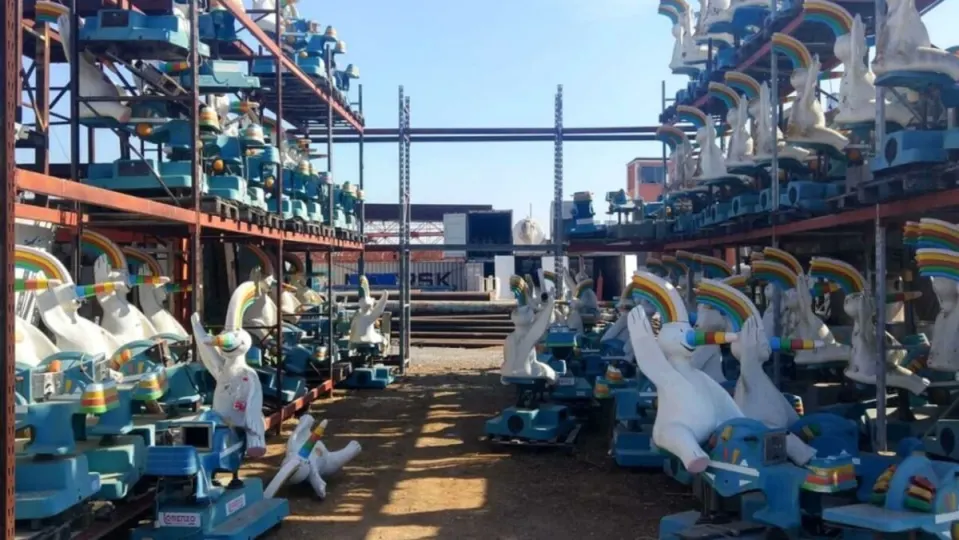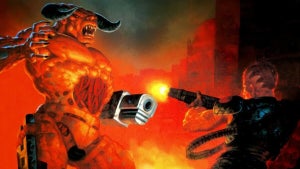1992 was the year when Spain lost its innocence. After a period of Transition and well into the 90s, it was time to venture out into the world again, and what a way to do it: Olympics in Barcelona and Universal Expo in Seville. Quite something. And each event had its respective mascot: Cobi, the squashed dog by Mariscal, focused on sports, but to showcase Andalusia to the world, they chose a strange bird with multicolored hair. It was Curro’s turn, the peculiar one.
Let’s get to work!
This was not the only mascot presented to the organizing committee, of course. Three possible mascots made it to the final selection, which took place in January 1989: Curro, designed by Heinz Edelmann (art director of ‘Yellow Submarine’); El Ángel, created by Mingote; and Caballo Cartujano, designed by Miguel Calatayud, which bore a striking resemblance to the contemporary character BoJack Horseman.
As we know, Edelmann emerged as the winner, a decision that didn’t sit well with Mingote, who ended up in third place and withdrew from the competition afterwards (somewhat like canceling a game when you’re losing 10-0). Interestingly, Curro was almost named Colón, but they ultimately kept the name Francisco. After all, Curro is just an affectionate nickname, isn’t it? Bet you never thought of it that way!

Curro appeared everywhere. Absolutely everywhere. From the TV show ‘Un, dos, tres’ to being a guest on the inaugural voyage of a perfect replica of the Victoria, Juan Sebastián Elcano’s ship, which unfortunately sank just 26 minutes after leaving the port, sending the mascot into the water. Things didn’t start off well, but they would end up even worse.
The Expo never grew tired of telling the story behind Curro’s nasal and capillary colors: apparently, he was born from a rainbow (hence the colorful hair), and then, by drinking water from a puddle where it was reflected, his nose ended up like that too. Quite a coincidence, right? Behind the costume, during the major appearances, was Chelo Vivares, better known as Espinete. Talk about enduring an extremely uncomfortable suit…
After the Expo, there were hundreds of Curro dolls left without a place to rest. Nowadays, they might have been sold at auction or on eBay, but back then there was only one solution: taking them to Alcalá de Guadaira, specifically to Romano Antigüedades, where they are piled up, waiting for someone to offer them a home. Do you want one? It can be yours for 225 euros. Just don’t bring it near any boats, just in case.


